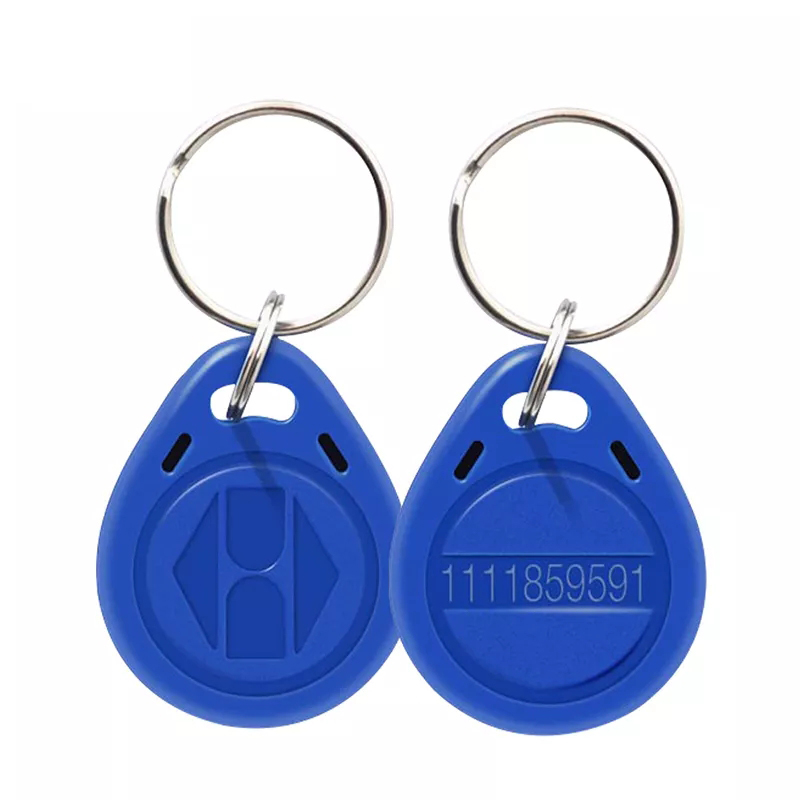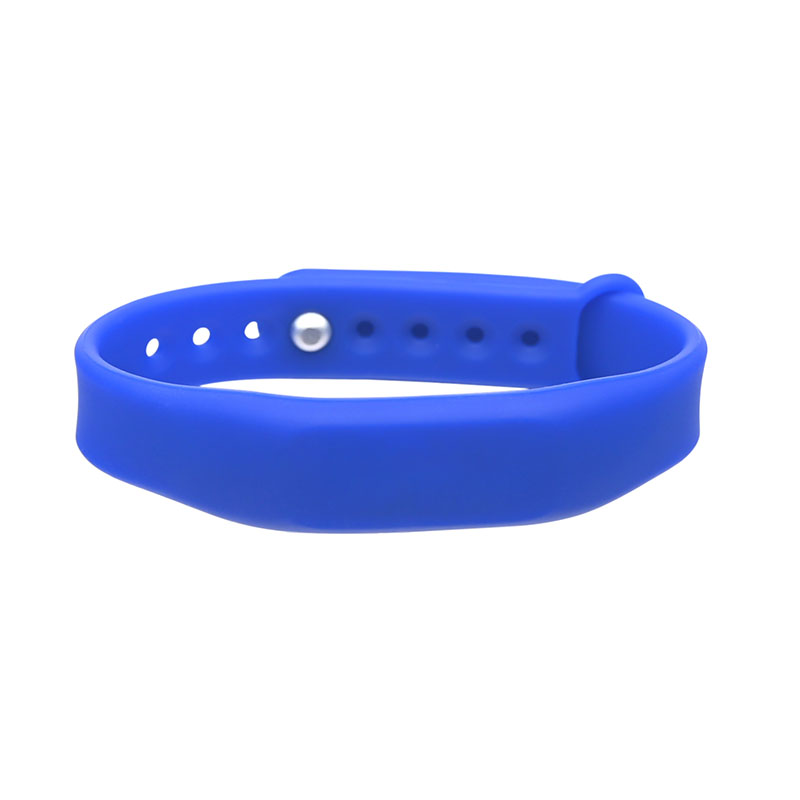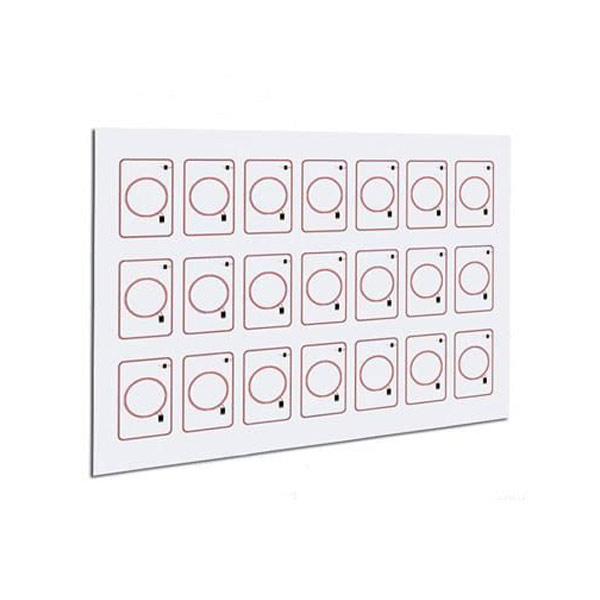
Cultural festivals attract thousands of visitors eager to celebrate traditions, music, food, and art. These large gatherings create unforgettable experiences but also present major challenges for organizers: long queues, counterfeit tickets, cash handling, and overcrowding. As expectations for smooth, safe, and interactive experiences increase, traditional paper tickets and cash-only systems are no longer enough.
RFID wristbands offer a modern solution. By combining wearable technology with event management systems, they simplify access control, enable cashless payments, improve safety, and create opportunities for personalized engagement. For both attendees and organizers, RFID ensures a seamless festival experience from entry to exit.
What Are RFID Wristbands?
RFID, or Radio Frequency Identification, is a technology that uses electromagnetic fields to identify and track tags attached to objects. Unlike traditional barcodes, RFID does not require line-of-sight scanning. Instead, RFID readers can detect signals from tags wirelessly, making the process faster, more reliable, and scalable.
When applied to wristbands, RFID chips are embedded into silicone, fabric, or disposable bands that guests wear throughout an event. These wristbands carry a unique identifier linked to a database. Depending on the festival’s system, the wristbands can be programmed to function as:
Tickets for Entry: Each wristband acts as a unique, non-transferable access credential.
Cashless Payment Tools: Guests preload funds and pay by tapping their wristband at vendor terminals.
Access Control Passes: Certain areas (VIP zones, staff-only sections) are restricted based on wristband authorization.
Data Collection Devices: Organizers receive real-time insights into crowd behavior, entry peaks, and spending habits.
RFID wristbands can be categorized into:
Passive RFID wristbands: Powered by the RFID reader; cost-effective for large-scale events.
Active RFID wristbands: Contain a battery, suitable for long-range tracking or high-security events.
For cultural festivals that prioritize cost efficiency and scalability, passive RFID wristbands are most commonly used. Their ease of distribution, reusability (in the case of fabric bands), and integration with existing systems make them ideal for high-attendance gatherings.
Modern festivals are no longer simple gatherings. They are complex ecosystems requiring robust infrastructure and technology. Several factors explain why RFID wristbands are rapidly becoming essential:
Massive Crowds Require Smarter Systems
Festivals often draw tens of thousands of participants in a single day. Without efficient entry systems, attendees face long queues, creating frustration before the event even begins. RFID wristbands reduce this bottleneck by enabling tap-and-go access at multiple gates simultaneously.
Security Concerns Continue to Grow
Paper tickets and QR codes can be duplicated or resold illegally. Counterfeit tickets not only cause revenue loss but also compromise safety when more attendees enter than the venue can handle. RFID wristbands eliminate this risk by being tamper-proof and linked directly to a verified identity.
Demand for Contactless and Cashless Transactions
The global shift toward cashless societies has accelerated since the COVID-19 pandemic. Guests prefer digital payments that are faster, safer, and more hygienic. RFID-enabled wristbands allow them to pay vendors without handling cash or cards, reducing both health risks and transaction delays.
Guest Expectations Are Higher Than Ever
Visitors expect more than just entertainment—they want personalized and seamless experiences. RFID systems allow organizers to integrate loyalty programs, exclusive offers, and app-based interactions that keep guests engaged before, during, and after the event.
Data-Driven Decision Making
Organizers increasingly rely on analytics to improve future events. RFID wristbands generate real-time insights into entry times, popular attractions, and spending patterns, helping planners make informed operational and marketing decisions.
Faster & Smarter Access Control
Entry management is one of the most visible pain points at festivals. With RFID wristbands, the entry process becomes almost instantaneous. Attendees tap their wristbands at RFID readers, and the system verifies their access in less than a second.
This not only reduces waiting times but also distributes crowds more evenly across multiple gates. Furthermore, RFID systems can prevent re-entry fraud and ticket sharing, ensuring that only authorized participants gain access. For organizers, the ability to monitor entry volumes in real time allows for better allocation of security and staff resources.
Seamless Cashless Payments
Cashless payment is perhaps the most popular application of RFID wristbands. Guests preload funds onto their wristbands through online portals or top-up stations inside the venue. Vendors are equipped with RFID-enabled terminals, where guests simply tap their wristbands to complete a purchase.
Benefits include:
Faster transactions, reducing queues at food and merchandise stalls.
Elimination of theft risks associated with handling cash.
Increased vendor revenue, as guests are more likely to make impulse purchases when payment is effortless.
Detailed sales analytics that help organizers and vendors understand consumer preferences.
Improved Guest Engagement & Personalization
RFID wristbands open the door to interactive experiences. For instance, guests can link their wristbands to mobile apps or social media profiles, enabling automatic photo tagging, digital content sharing, or participation in contests. Organizers can push personalized offers, such as discounts for repeat visitors or exclusive invitations to VIP areas.
This creates a stronger emotional connection between the guest and the festival brand, enhancing satisfaction and loyalty.
Enhanced Safety & Emergency Management
Safety is a top priority for any large gathering. RFID wristbands contribute by providing real-time tracking of crowd density and movement. In emergencies, organizers can use RFID data to direct security teams to congested areas, guide evacuation, or locate lost children.
Restricted-access areas are also easier to manage with RFID wristbands, ensuring that only authorized staff or VIPs enter specific zones. This improves both guest safety and operational efficiency.
Data & Analytics for Organizers
RFID technology offers a wealth of data that traditional systems cannot provide. Organizers can analyze:
Peak entry times to optimize gate staffing.
Spending trends at different vendors.
Popular attractions based on dwell time.
Demographic patterns when wristbands are linked to registration data.
These insights not only improve current operations but also shape the design of future festivals, from venue layout to vendor partnerships.
Case Studies & Real-Life Examples
Several large-scale festivals worldwide have successfully implemented RFID wristbands with measurable results:
Music Festival Example: A major outdoor music festival introduced RFID wristbands for entry and cashless payments. Organizers reported a 70% reduction in entry queues and a 25% increase in average guest spending.
Cultural Food Festival: Vendors at a cultural food fair adopted RFID cashless systems. Guests appreciated shorter lines, while vendors enjoyed faster service and better revenue tracking. Post-event surveys indicated that 80% of attendees preferred RFID payments over cash.
University Festival: A student-led cultural festival implemented RFID for ticketing and access control. The system minimized ticket fraud and allowed organizers to monitor attendance patterns, leading to improved planning for future events.
These examples highlight the versatility of RFID wristbands across different types of cultural festivals, proving that the technology benefits both organizers and participants.
How to Implement RFID Wristbands at Your Festival
Successfully adopting RFID wristbands requires careful planning:
Choose the Right Wristband Type
Fabric wristbands are durable for multi-day events, while disposable bands work for single-day festivals. Silicone wristbands may be ideal for water-related festivals due to durability.
Integrate with Ticketing Systems
RFID should be embedded in the initial ticketing process, ensuring every attendee receives a pre-programmed wristband.
Deploy RFID Infrastructure
Install RFID readers at gates, food stalls, merchandise booths, and VIP zones. Test thoroughly before the event to avoid technical glitches.
Train Staff and Educate Guests
Provide clear instructions to staff on operating RFID systems. Use marketing campaigns to inform guests about top-up options, payment methods, and wristband features.
Analyze Post-Event Data
Review RFID analytics to assess what worked and identify areas of improvement. Use insights for strategic planning of future events.
The Future of RFID in Festivals
The role of RFID technology will continue to evolve as cultural festivals embrace digital transformation. Future developments may include:
Integration with Mobile Apps: Guests can manage top-ups, track schedules, and receive personalized notifications through mobile applications linked to RFID systems.
NFC + RFID Hybrids: Combining near-field communication with RFID for broader device compatibility.
Sustainability Innovations: Eco-friendly wristbands made from recyclable or biodegradable materials.
Smart City Connectivity: Festivals may integrate with local transportation, hotels, and tourism platforms, offering a seamless visitor journey powered by RFID.
These innovations will further improve efficiency, engagement, and sustainability, solidifying RFID’s role as the backbone of modern event management.
Conclusion
Cultural festivals are complex, dynamic, and increasingly demanding in terms of logistics and guest expectations. Traditional management tools no longer suffice in delivering smooth, secure, and personalized experiences. RFID wristbands provide a comprehensive solution that addresses access control, cashless payments, guest engagement, safety, and data analytics.
For guests, RFID wristbands translate into shorter queues, safer transactions, interactive experiences, and greater satisfaction. For organizers, they provide control, efficiency, revenue growth, and valuable insights for the future.
As cultural festivals continue to grow in size and significance, RFID wristbands will remain a cornerstone technology that transforms how events are experienced and managed. If you are planning your next cultural or entertainment event, investing in RFID wristbands and RFID tags is not just a technological upgrade—it is a strategic step toward ensuring success.





